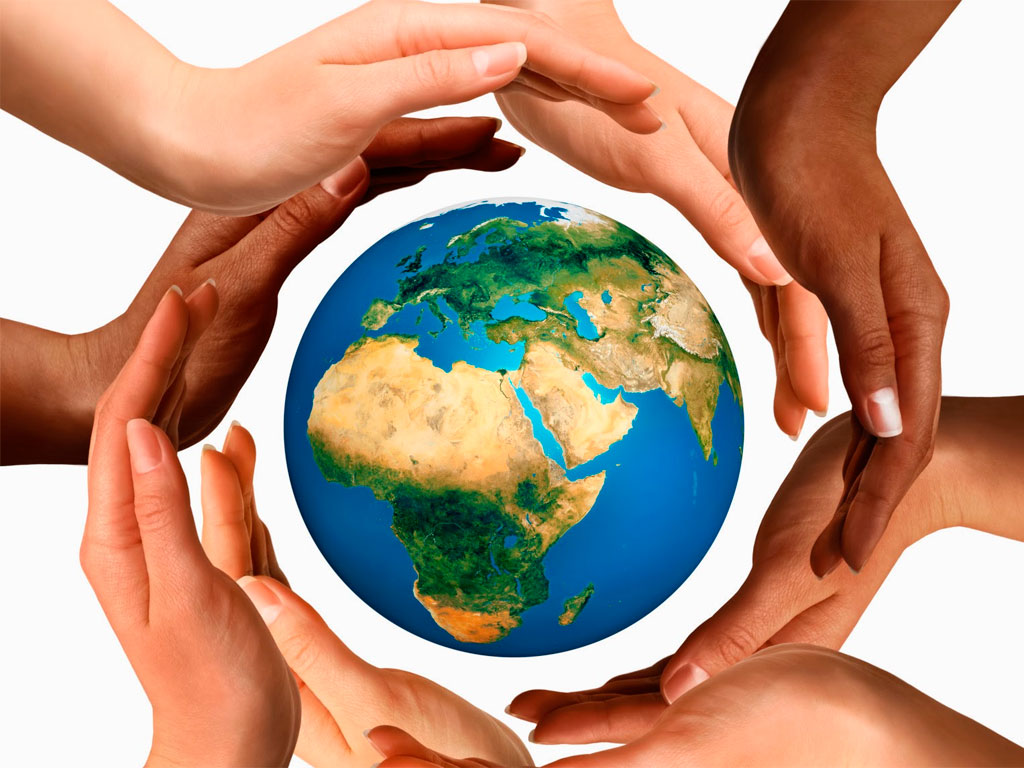Economic co-efficiency of peace
June 7, 2018 | Expert Insights

The economic impact of violence on the global economy in 2017 was US$14.76 trillion in terms of purchasing power parity (PPP).
This tantamounts to 12.5 percent of the world’s economic activity (gross world product).
Background
The Global Peace Index (GPI) is a matrix developed by the Institute for Economics and Peace. It ranks 162 countries according to their levels of “peace” which it defines as the absence of violence. It has been published annually since 2007. The Institute for Economics and Peace was founded by IT entrepreneur and philanthropist Steve Killelea in 2007. It has offices in Sydney, New York, Mexico City, and Brussels. It describes itself as a think tank focussed on “developing metrics to analyse peace and to quantify its economic value.”
Analysis
The results of the 2018 Global Peace index (GPI) has found that the Global level of peace has deteriorated by 0.27 percent in the last year. The GPI covers ranks 163 independent states and 99.7 percent of the world’s population. It uses 23 qualitative and quantitative indicators covering mainly three thematic domains: the level societal safety and security, the extent of ongoing domestic and international conflict and the degree of militarization.
According to GPI, the security index in Ninety-two countries deteriorated while those in 71 countries improved. The study has concluded that most of the tensions, conflicts and crises that emerged in the past decade remain unresolved.
Highlighting the fall in peacefulness, six of the nine regions in the world had a deterioration in peace. What was noticeable was that four of the most peaceful regions – Europe, North America, Asia-Pacific and South Americas recorded deterioration. This was mainly due to the impact of terrorism and increase in the incarceration rate.
Iceland remains the most peaceful country in the world, a position it has held since 2008. It is joined at the top of the index by New Zealand, Austria, Portugal, and Denmark. Syria remains the least peaceful country in the world, a position it has held for the past five years.
Afghanistan, South Sudan, Iraq, and Somalia comprise the remaining least peaceful countries.
Europe, the world’s most peaceful region, recorded a deterioration for the third straight year. It deteriorated across all three GPI domains and eleven indicators, most notably on the intensity of internal conflict and relations with neighbouring countries. For the first time in the history of the index, a Western European country experienced one of the five largest deteriorations, with Spain falling 10 places in the rankings to 30th, owing to internal political tensions and an increase in the impact of terrorism.
South Asia experienced the largest regional improvement in peacefulness, with Bhutan, Sri Lanka, India, and Nepal all improving. Four of the five significant improvements in peacefulness occurred in sub-Saharan Africa, despite the region having a slight deterioration in its overall peacefulness. The single largest country improvement occurred in the Gambia, where improvements in political instability, perceptions of criminality, and relations with neighbouring countries saw it improve 35 places in the rankings, moving up to 76th.
The Middle East and North Africa (MENA) region recorded an improvement in peacefulness for only the third time in the last eleven years. Despite the improvement, it remains the world’s least peaceful region, a position it has held since 2015. Qatar experienced the single largest deterioration in peacefulness, as the political and economic boycott placed on it by the UAE, Saudi Arabia, Egypt, and Bahrain led to deteriorations in relations with neighbouring countries and political instability.
The economic impact of violence has increased by 16 per cent since 2012, corresponding with the start of the Syrian war and rising violence in the aftermath of the Arab Spring Syria, Afghanistan and Iraq incurred the largest economic cost of violence as a percentage of their GDP at 68, 63, and 51 per cent of GDP, respectively.
In the last 70 years, per capita GDP growth has been three times higher in highly peaceful countries. Over the last decade, countries with the largest improvements in peace recorded seven times higher per capita GDP growth than those that deteriorated the most.
Assessment
Our assessment is that peace has a monetary value independent of the human values associated with it. We believe that by using advanced spatial econometric techniques we might be able to deduce that a 1-point improvement in a nations Global Peace index score adds to a 1.49 percentage increase to a country’s annual economic growth.








Comments